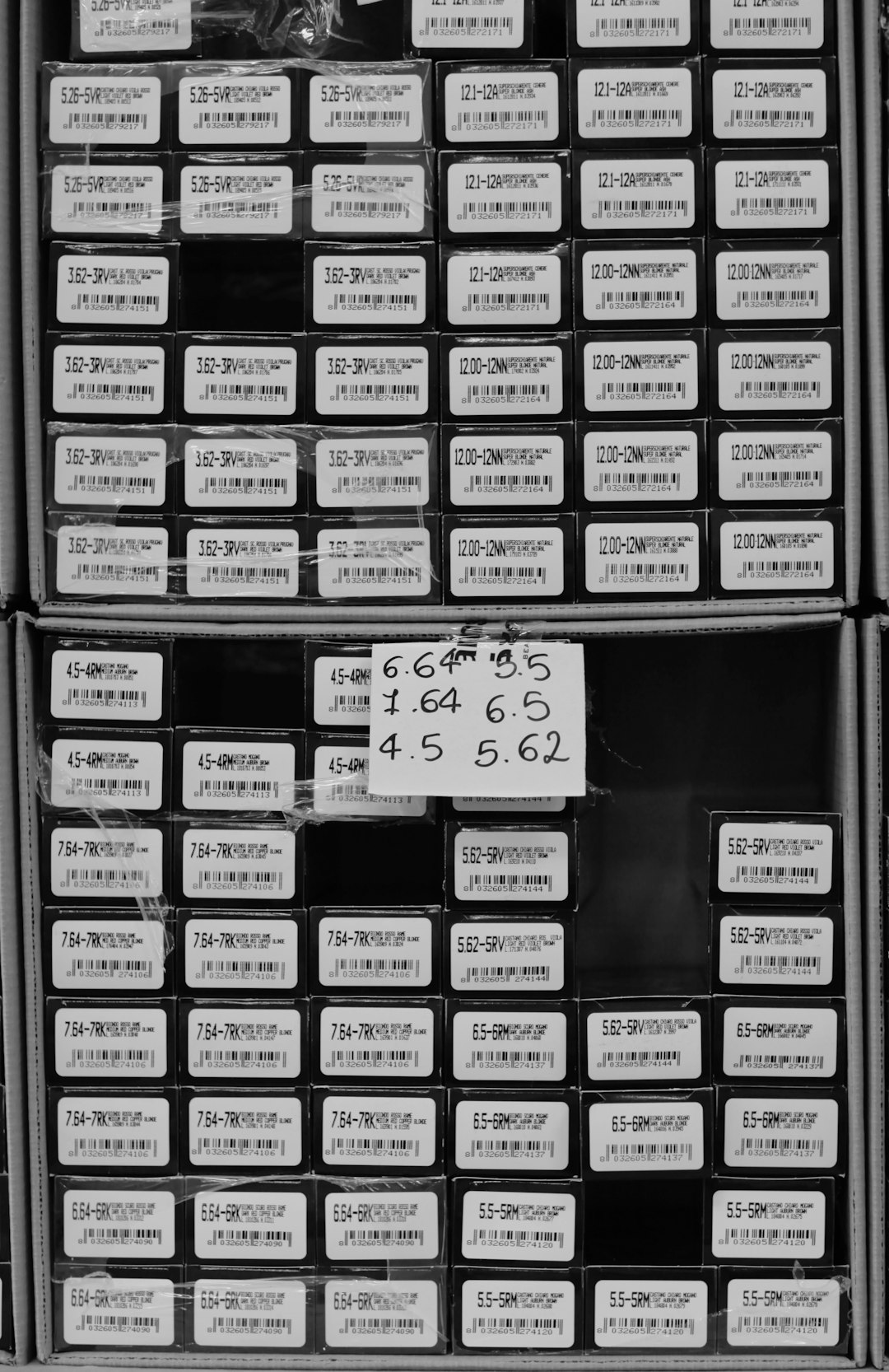LED lighting has become the go-to choice for lighting homes, offices, and public spaces due to its energy efficiency and long lifespan. But, what makes LED lights even more effective and efficient? The answer lies in advanced LED drivers.
So, what are advanced LED drivers, and how do they benefit consumers? An LED driver is an electronic device that regulates the output of power to an LED or a string of LEDs. Advanced LED drivers operate on a more sophisticated level, providing greater control over lighting parameters such as dimming, color temperature, and flicker reduction.
These advanced drivers offer several key benefits. First, they increase the lifespan of an LED by providing a steady and regulated power supply, minimizing the stress on the LED’s semiconductor materials. Second, they provide greater efficiency in power usage by regulating the input power and reducing energy consumption.
Another significant advantage of advanced LED drivers is their ability to control color temperature. Each LED has a specific color temperature that might not always match the desired lighting conditions. Advanced LED drivers can adjust the color temperature to create the preferred ambiance or lighting effect.
Additionally, advanced LED drivers can also reduce or eliminate flicker – an annoying and potentially harmful effect of LED lighting. Unlike traditional lighting, LED lights tend to flicker because they operate on direct current DC power and not the alternating current AC power traditionally used for lighting. Advanced LED drivers regulate and smooth out the DC power, effectively reducing or eliminating flicker.
Advanced LED drivers provide unparalleled control over LED lighting. They regulate power input, increase lifespan, adjust color temperature, and reduce flicker. This technology is advancing rapidly, and manufacturers are now offering drivers with even more capabilities.
For example, “smart” LED drivers can communicate with other devices on a network, allowing for remote control and automation of lighting. These drivers can also be programmed to adjust the light levels in response to sensor inputs, such as occupancy sensors or daylight sensors. As a result, they are ideal for use in public spaces such as offices, hospitals, or schools, where automated lighting can provide significant energy savings.
Another innovation in advanced LED drivers is the integration of a power factor correction PFC function. PFC is a feature that makes the driver more efficient by drawing energy from the power source in the most efficient manner possible. This benefits the user by reducing energy consumption and prolonging the lifespan of the LED light source.
While advanced LED drivers offer many benefits, consumers may pay a higher price. The increased sophistication and functionality of these drivers come at a higher cost than traditional drivers. However, as LED technology continues to grow, the costs of advanced LED drivers are likely to fall, making them more affordable for consumers.
LED lighting is a rapidly expanding sector, and advanced LED drivers are at the forefront of innovation in this field. These drivers offer unparalleled control over lighting parameters and provide greater efficiency and lifespan for LED lighting. However, they come at a higher cost than traditional drivers. As the technology advances, the costs are likely to fall, putting advanced LED drivers within reach for consumers.








